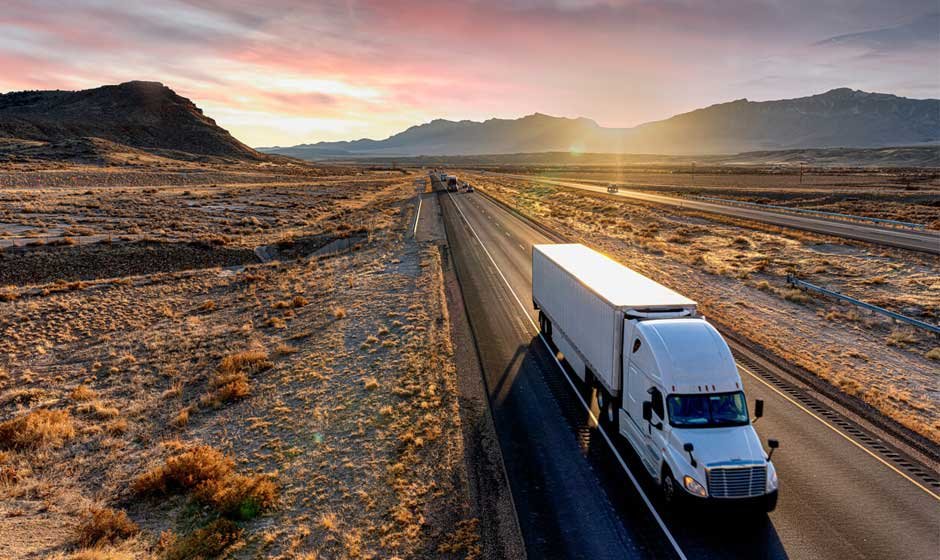The Scope of Truck Accidents in the U.S.
Truck accidents pose a significant threat to America’s highways and city streets, causing thousands of injuries and fatalities annually. In 2023, there were 5,472 deaths in large-truck crashes—an 8% decrease from 2022, but still 40% higher than a decade ago. Early 2025 data suggests this downward trend may reverse due to increasing traffic volumes and ongoing driver shortages. With the rising demand for fast commercial deliveries, the risk of devastating crashes continues to grow. In the aftermath of such collisions, many victims struggle to navigate the complexities of insurance claims and legal rights. InjuredCT Personal Injury & Accident Law Firm, a team of serious injury lawyers serving Middletown and other Connecticut communities, has earned a reputation for successfully handling complex truck accident cases. Their focused legal guidance can be essential when victims face significant medical costs and life-altering injuries. Suppose you or a loved one has been affected by a trucking collision. In that case, consulting a trusted Middletown truck accident attorney can help ensure your rights are protected and your case is handled with the seriousness it deserves. InjuredCT’s legal team brings decades of combined experience in litigating truck-related injury claims, making them a go-to resource for high-stakes cases. Their deep knowledge of federal and state trucking regulations positions them to challenge negligent carriers and demand accountability.
Key Factors Contributing to Large Truck Crashes
Several interconnected factors contribute to accidents involving large trucks. One of the most significant is driver fatigue. Commercial truck drivers often work long, demanding shifts, and even with hours-of-service regulations intended to minimize tired driving, fatigue remains prevalent. Studies have shown that long hours and overnight shifts increase the likelihood of lapses in concentration and slower reaction times, which are dangerous when controlling such massive vehicles. Mechanical failure is another leading cause, underscoring the importance of routine truck maintenance. Brakes, tires, and steering components require regular inspection and swift repairs. Weather is also a game-changer—rain, ice, and fog can magnify the challenges facing even the most seasoned trucker. Additionally, passenger vehicle drivers sometimes underestimate trucks’ unique limitations and vulnerabilities, leading to risky behaviors like abrupt lane changes or tailgating. By increasing public understanding of these “No Zones”—the wide blind spots on all sides of large trucks—many accidents can be prevented.
How Drivers Can Share the Road More Safely
- Stay clear of truck blind spots (“No Zones”), including the sides, rear, and directly in front of the truck’s cab.
- Never cut off a truck. Always ensure plenty of distance—ideally several car lengths—before changing lanes ahead of a truck.
- Pass trucks on the left whenever possible, where the driver’s line of sight is better, and do so quickly rather than lingering beside the truck.
- Be patient with trucks making wide right turns. Never try to squeeze through on the inside lane, as trucks may need two lanes or more to complete the turn safely.
- Adjust speed and increase your following distance in poor weather, as trucks may slide or require even more time to brake.
- Report erratic behavior, such as weaving or aggressive driving, to authorities to keep roads safer for all users.
These simple, proactive habits can prevent many of the most common accident scenarios between cars and trucks. When every road user takes responsibility, the risk of life-altering collisions decreases substantially.
Trucking Regulations and Safety Initiatives
To protect public safety, the trucking industry is governed by a wide array of state and federal regulations. These rules dictate everything from a driver’s maximum hours to regularly scheduled maintenance and comprehensive safety inspections. Recent recommendations from the National Transportation Safety Board (NTSB) urge trucking companies to prioritize fatigue management, encourage the broader adoption of electronic logging devices, and support the use of advanced safety technologies, such as lane departure and collision avoidance systems. Safety culture is evolving as technology plays a more significant role. Dash cams, telematics, automatic braking, and sophisticated driver-assistance software improve outcomes. Still, compliance and accountability require ongoing attention, and real progress depends on everyone—from regulators to fleet managers to individual drivers—embracing a safety-first mindset. Investing in regular training and up-to-date equipment remains a cornerstone of accident prevention.
What to Do After a Large Truck Accident Occurs
The aftermath of a truck accident can be overwhelming, both physically and emotionally. If you are involved in such an incident, prioritize your safety and that of your passengers. Move vehicles to a safe location if possible and safe to do so. Check everyone for injuries and call emergency services immediately—delays can worsen injuries or complicate later claims. Once the scene is secure, documenting the situation is critical. Take detailed photos from multiple angles and make notes about lighting, road conditions, and visible damage—exchange insurance and contact information with the truck driver, including their employer’s details. If there are witnesses, collect their names and phone numbers as well. Even if you feel fine at the moment, it is a good idea to seek a medical evaluation, as symptoms like whiplash or internal injuries may not appear until hours or even days later. Careful record-keeping can make all the difference in securing fair treatment and a smooth recovery process.
Recent Trends and Data in Truck Accident Safety
As technology and policies change, so too does the road safety landscape. The Federal Motor Carrier Safety Administration compiles and studies this data to guide reforms and new initiatives. Advancements in collision-avoidance systems and updated driver training protocols contribute to reductions in certain crash types, particularly those caused by fatigue and distraction. However, the surge in online shopping and freight deliveries has substantially increased truck traffic, especially in suburban and urban areas. This rise, coupled with changing driving habits post-pandemic, means that the risk of significant truck accidents hasn’t disappeared. Continued sharing of best practices, new safety programs, and well-informed public policies is essential to address these issues and ultimately achieve lower accident rates across the board.
Final Thoughts: Building a Shared Road Culture
Large trucks are a mainstay of our economy, delivering goods around the clock to keep shelves stocked and businesses running. But this necessity also makes safety a shared responsibility. Whether you’re a professional truck driver or operate a family vehicle, patience, awareness, and courtesy can go a long way. Each safe decision—yielding when appropriate, giving trucks ample space, and staying alert—increases the chance that every journey ends safely. As innovations roll out and regulations tighten, road safety will steadily improve, but awareness and education will always remain the foundation. By staying current on safe driving strategies and understanding the unique characteristics of large trucks, drivers can play an active role in shaping a safer, more considerate road culture for everyone.










